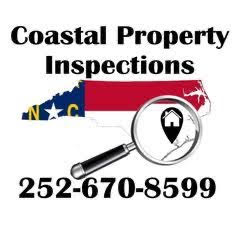Carbon Monoxide Poisoning
Phone: 252-670-8599

Every year in the United States, around 20,000 people are seen in the emergency room for accidental carbon monoxide poisoning. Of those 20,000, around 4,000 people are hospitalized with roughly 400
deaths. Carbon monoxide is known as a “silent killer” because it often goes undetected since it has no
odor or color.
CAUSES
Carbon monoxide poisoning is caused by inhaling combustion fumes. When inhaled at high
concentrations, your body replaces the oxygen in your red blood cells with carbon monoxide. This prevents oxygen from reaching your tissues and organs. Poisoning is measured in a range called parts per million. Many fuel-burning appliances and engines produce carbon monoxide. However, the amount produced isn’t typically a cause for concern until they’re used in a closed or poorly vented space. This is when carbon monoxide can reach dangerous levels.
PREVENTION
Carbon monoxide poisoning is the second-leading cause of poisoning in the United States. Some actions you can take to prevent this are:
Service your home’s appliances and heating systems as recommended.
Install a battery-operated carbon monoxide detector in your home.
Have your chimney cleaned each year.
Check your vehicle’s exhaust system for leaks often.
Never use portable flameless heaters indoors.
Do not use generators indoors.
Do not leave your car running in the garage.
If you smell an odor from your gas-powered refrigerator, call a repair service.
Never use a gas range or oven for heating indoor spaces.
SYMPTOMS
Poisoning can be particularly dangerous for people who are sleeping or intoxicated. Sometimes
symptoms of carbon monoxide poisoning are described as similar to the flu. Symptoms can be general and hard to pinpoint, so if you’re experiencing these symptoms get into fresh air and seek emergency medical care immediately.
Headache
Dizziness
Weakness
Upset stomach
Chest pain
Vomiting
Confusion
Blurred vision
Loss of consciousness
Battery operated carbon monoxide detectors should be placed on every floor of your home in the hallway near bedrooms. Ideally, change the batteries yearly and test monitors monthly. If the alarm sounds, move outside and contact your local fire department immediately.
HOW CAN COASTAL PROEPRTY INSPECTIONS HELP?
As a part of our standard practice, we report the absence or presence of a permanently installed carbon monoxide detector in all homes with garages or fueled appliances. All homes with gas appliances, garages, or fireplaces should have a carbon monoxide detector as protection to prevent possible carbon monoxide poisoning. It is always recommended that you consider purchasing and installing carbon monoxide detectors prior to moving into your new home. Call us to schedule your inspection today.
Ready to schedule your inspection?
Schedule online or give us a call 252-670-8599
